The unfulfilled dream of the controversial imperialist and entrepreneur Cecil Rhodes was to connect Cairo in the far north of Africa to the southernmost point of the continent, Cape Town. The idea was proposed in 1874 by the editor of the Daily Telegraph, Edwin Arnold. Rhodes embraced the idea as a great contribution to the British Empire since it was meant to connect the British dominions.
But not all territory in between belonged to the British Empire.
Although Rhodes virtually ruled southern Africa, in the north there were other forces at work. Other countries, including France, Portugal, Germany, and Belgium, strove to expand their own empires in Africa.
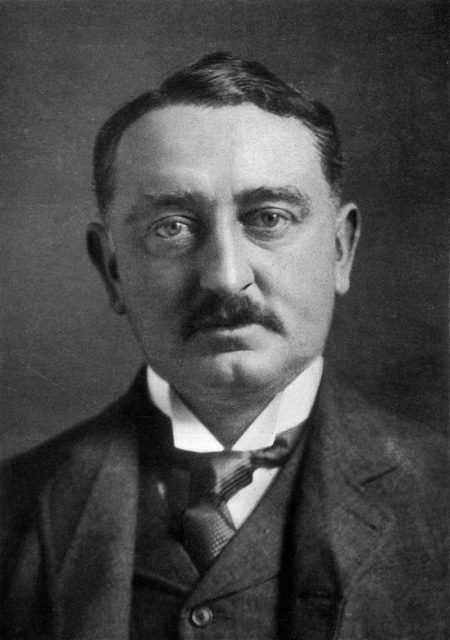
This meant potential conflict for the British over construction in certain regions. For example, in 1889, Portugal, which had a controlling power over territory on the coasts of Angola and Mozambique, announced an intent to connect the two countries by a railroad.
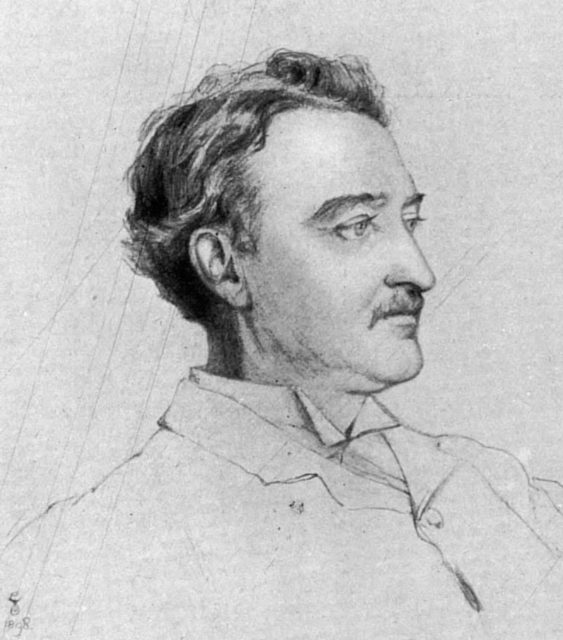
However, even though over the years the Portuguese influence in the region expanded, the country proved powerless against the British Empire. While Portugal prepared “The Pink Map,” a 1885 document claiming sovereignty over the territory based on historical discovery and recent exploration, the British Ultimatum in 1890 ended those claims.
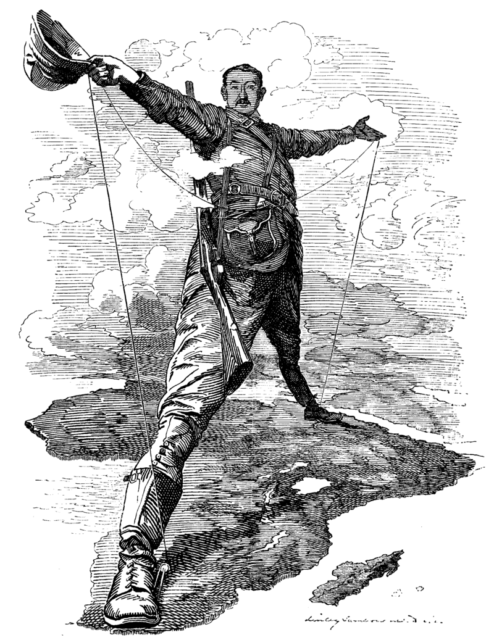
In the late 1890s the French envisioned a similar project that would connect Senegal in the east with Djibouti in the west. Rhodes hurried to set the first rails on the way starting in the south, and while he managed to see the first segment of the rail done by 1892, France established a protectorate in Southern Sudan and was preparing to do the same in Ethiopia.
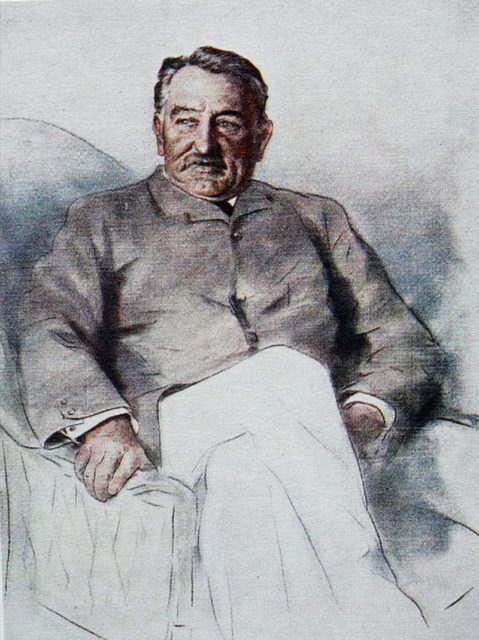
Nonetheless, after the Fashoda Incident in 1898, when a French expedition on the White Nile intended to exclude Britain from Sudan but ended with a retreat of the French, that territory was secured for Rhodes. The first part of the railroad was from Cape Town to Johannesburg, which is the best maintained and most used section of the entire route and hasn’t stopped operating ever since 1892.

However, the realization of Rhodes’ vision still didn’t advance smoothly. In 1891, Germany secured a very strategic territory in the east of Africa that today belongs to Tanzania, parts of Kenya, Burundi, Rwanda, and Mozambique. From the west, there was the Belgian Congo, so the whole tropic was secured from the British Empire and prevented the further construction of the railway.
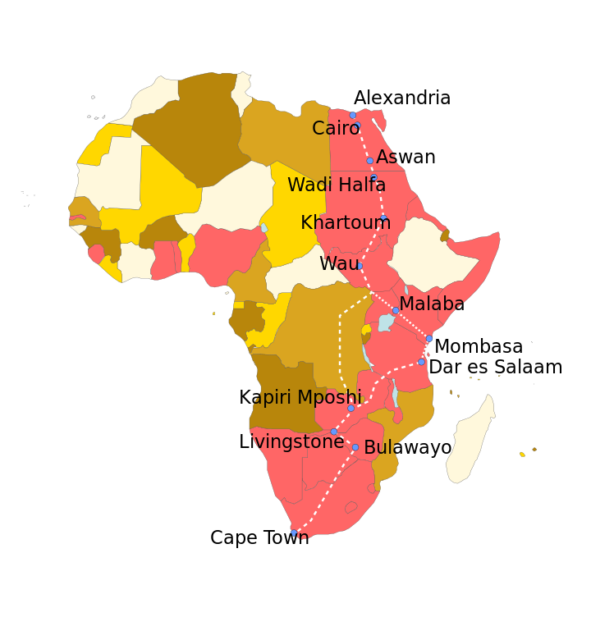
In the meantime, the second segment continued from Johannesburg through Botswana, then known as Bechuanaland Protectorate, to the city of Mafeking. At the time, the city was the capital of the protectorate but today is part of South Africa.
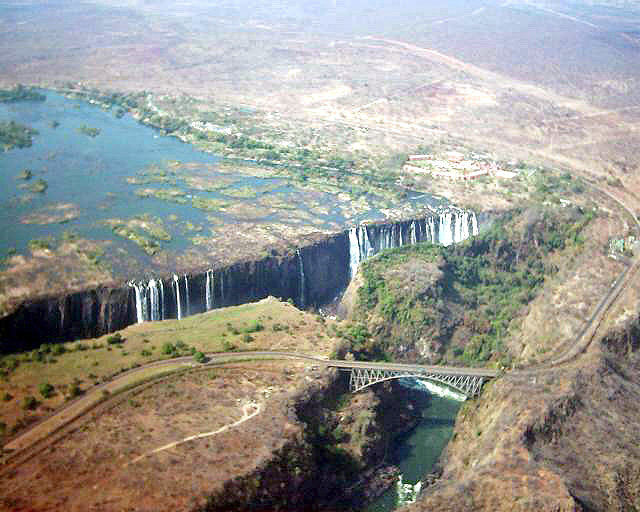
From Mafeking, the railroad continued to Botswana’s capital city, Gaborone, and from there to the northeast of the country, to the city of Francistown. That’s the last part of the railroad that was constructed before Cecil Rhodes’ death in 1902.
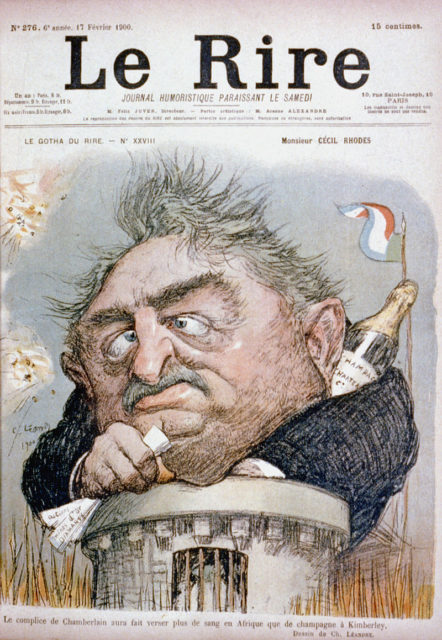
After his death, Britain was still willing to complete the project. During World War I, officials won the Tanganyika Territory, which released all parts that were secured by the Germans. But then the Great Depression hit in the 1930s, and the country lacked the finances to finish the railway. And after World War II, the countries of Africa established independence as they were decolonized, which made the ending of the project very difficult.

Today, there is almost a railroad stretching all the way from Cairo to Cape Town. However, there are parts that are out of function. For example, there is a railway system from Cairo to Wau in South Sudan, but due to political unrest, a large part of the Sudanese network is destroyed.
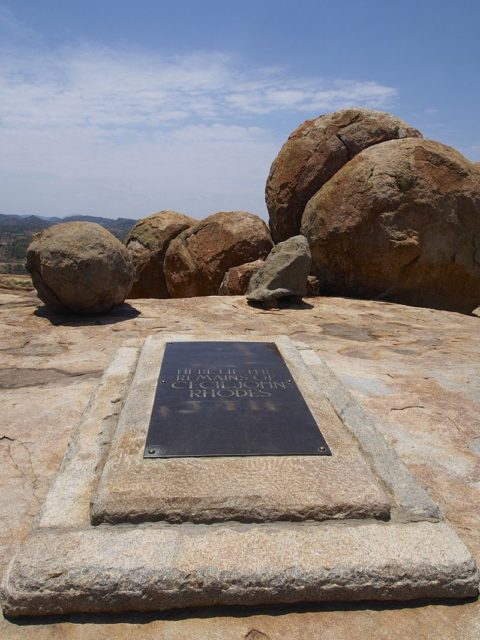
From Cape Town, the railroad went northern most to the Uganda Railway. The two networks were linked, so today there is a connection between Kampala, the capital of Uganda, to Mombasa, on the Kenyan coast, and to the capital of Tanzania, Dar es Salaam.

In 1976, with Chinese funding, the missing link between Dar es Salaam and Kapiri Mposhi in Zambia was constructed, which is known as TAZARA (Tanzania-Zambia-Railway).
Although it was originally intended to open the landlocked Zambia to a port on the Indian Ocean, the railroad also filled the missing critical link of the Cape to Cairo railroad.
